The Internal Combustion Engine Isn't Going Anywhere – Just Ask Mazda

With countries the world over looking to ban internal combustion engines in city centers and tech geeks getting all gung-ho about Tesla, you may think fossil fuels are on the way out, but you’d be wrong. Very wrong.
Speaking to automotive industry professionals at a conference this week, Mazda North America’s president of special operations, Robert Davis, was critical about fleetwide average emissions ratings. Automakers are currently producing zero-emission electric models to offset the emissions of thirstier cars and meet average fuel economy goals set by regulators. This doesn’t make sense, he argues, as it’s not truly reducing emissions levels, but simply offsetting them. Additionally, EVs that use lithium ion batteries aren’t truly “zero emissions” as fossil fuels are still used extensively in the production process.
“We’re all better than this. We can do better than this,” he said. “We need to consider that this is not zero emissions. This is remote emissions or displaced emissions. We need to work on the best solution for the customers and for the environment in a common target, not an instruction manual on how to get there.”
SEE ALSO: Germany Looks to Ban Internal Combustion Engine by 2030
Mazda believes there are still great gains to be made in regards to making ICE vehicles more fuel efficient and kinder to the environment. The automaker would rather make highly fuel efficient ICE engines than invest heavily in EVs and hybrids, since EVs will, in the end, rely on fossil fuel vehicles in their production processes anyway. Going through the trouble of researching and developing EVs for the purpose of being kinder to the environment only to use massive amounts of fossil fuels to produce them makes very little sense at this time, he said.
“The internal combustion engine has a strong future role in transportation,” Davis said. “We certainly considered the adoption of new technologies, batteries, EVs, plug-in hybrids and everything else. But they all share the internal combustion engine. So before we go into the time and effort and expense of adding electrification, we were convinced that a solid, efficient internal combustion engine was critical.”
[Source: Automotive News]

Sam McEachern holds a diploma in journalism from St. Clair College in Windsor, Ontario, and has been covering the automotive industry for over 5 years. He conducts reviews and writes AutoGuide's news content. He's a die-hard motorsports fan with a passion for performance cars of all sorts.
More by Sam McEachern



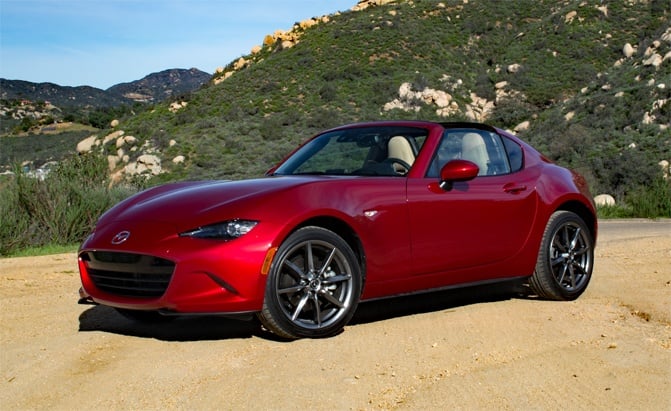













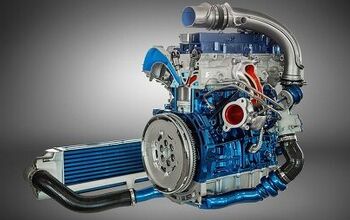

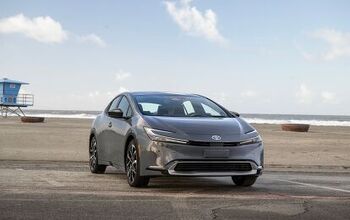
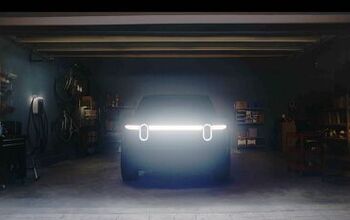

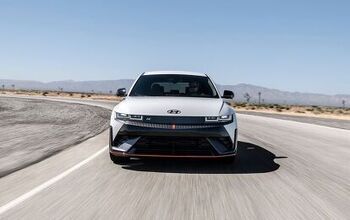









Comments
Join the conversation
I haven't taken the time to find out what Mazda's take on electrification has been, haven't really thought about them in particular in that regard. But I have thought generally about the auto industry going hook-line-and-sinker for the electric solution as if it would solve everything, and I have had significant reservations on multiple levels. Don't get me wrong--the electrification technology is super cool, has lots of applications, and may bring many benefits in ways yet unforeseen. But it was so refreshing and interesting to read this article and find out that one of my favorite auto companies feels exactly as I do about all this unrestrained electrification fervor. We need more people (consumers, governments, activist groups (etc), and corporations) to THINK and EVALUATE rather than just go along for the ride with every new change of the winds. Thank you Mazda for keeping your logic and sensibility intact! -Steve
Electric vehicles are not for every application, but for over 95% of folks, an EV will do the job very nicely. I applaud Mazda for continuing to push the ICE to greater efficiency, but: 1. We are pushing the complexity of our engines to very high levels in search of cleaner operation, but in the first 5 seconds of operation, any ICE will pollute more than an electric vehicle in its next 100,000 miles. The circumstances seem very much like the death of ICE in aviation(?) https://uploads.disquscdn.com/images/d5532e52527d4f7c8288c5356b81aea6c70a620839846346b5732336c6028c37.png https://uploads.disquscdn.com/images/298d2dc4c10f8ee3c09c664b8eeebdd862050a494e8e2924ebe6031c223dbd6a.png 2. The availability of clean electric vehicles emboldens cities to begin to place restrictions on ICE vehicle operations in their boundaries. London, Paris and even Stuttgart are headed in that direction, despite heavy lobbying. Green transport is coming!